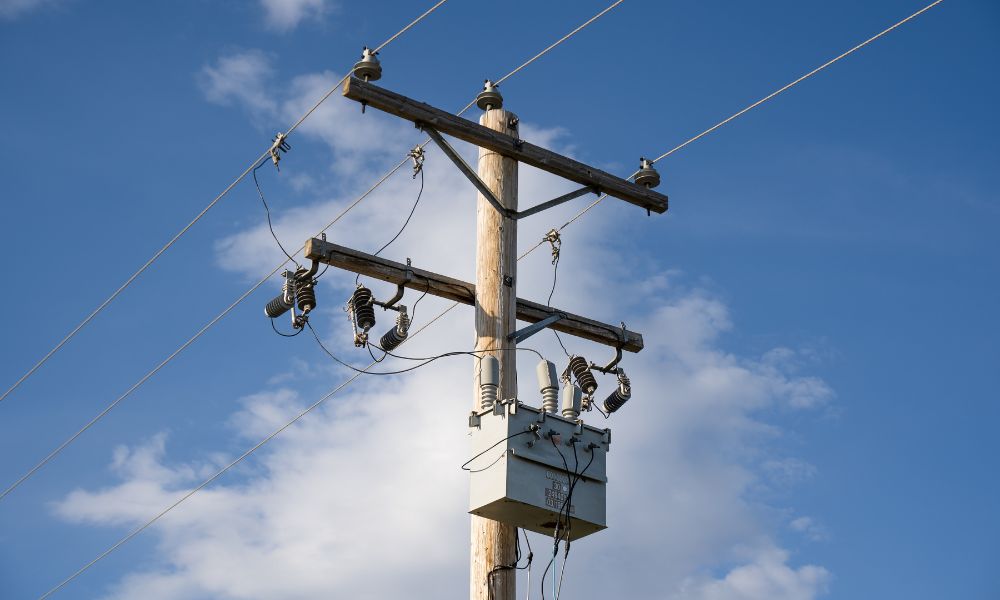
Best Material for Utility Poles
When constructing utility poles, selecting a suitable material is crucial to ensure stability, durability, and longevity. Ensure your next set of utility poles lasts as long as possible with these tips on how to choose the best material for utility poles.
Why Material Matters
The choice of material for utility poles greatly impacts their performance and durability. Some of the factors to consider when choosing the best material include:
- Load-bearing capacity
- Corrosion resistance
- Ease of installation and maintenance
- Environmental impact
- Cost-effectiveness
Given these factors, let’s examine some of the most common materials used for utility poles and their advantages and disadvantages.
Wood Poles
Wooden poles, usually made from pressure-treated pine or cedar, have been the go-to choice for decades. They’re cost-effective, relatively easy to install, and have a decent load-bearing capacity. However, wooden poles have some major drawbacks, including susceptibility to rot, insects, and fire, as well as a shorter lifespan compared to alternative materials.
Concrete Poles
Concrete poles are long-lasting and resistant to fire, insects, and rot. They also boast high load-bearing capacities and can be manufactured to customized specifications. However, their heaviness can make installation and transportation difficult. Additionally, due to their environmental footprint and higher cost, they may not always be the most sustainable or cost-effective option.
Steel Poles
Steel utility poles are known for their strength and ability to withstand harsh weather conditions. They’re also relatively lightweight compared to concrete poles, making installation and transportation more manageable. Although, steel is prone to corrosion—which can be mitigated through galvanization—but it still negatively impacts the lifespan of the pole.
Ductile Iron Poles
There are numerous advantages to using ductile iron utility poles. If you’re looking for an eco-friendly choice, this material offers just that due to its recyclability and streamlined manufacturing processes. Not to mention, this option is a valuable long-term investment because the material is easy to maintain. However, this material can still be exposed to degradation over time, just like any type of metal.
Making the Right Decision
When choosing the best material for utility poles, it’s crucial to carefully consider each option’s advantages, disadvantages, and suitability for your specific project and environment. Consulting with experts in the field or seeking advice from manufacturers can aid in making a well-informed decision.
Remember, knowing how to choose the best material for utility poles not only ensures a solid infrastructure but also results in long-term cost savings and a more sustainable construction approach.
